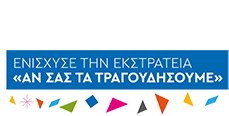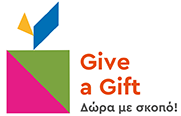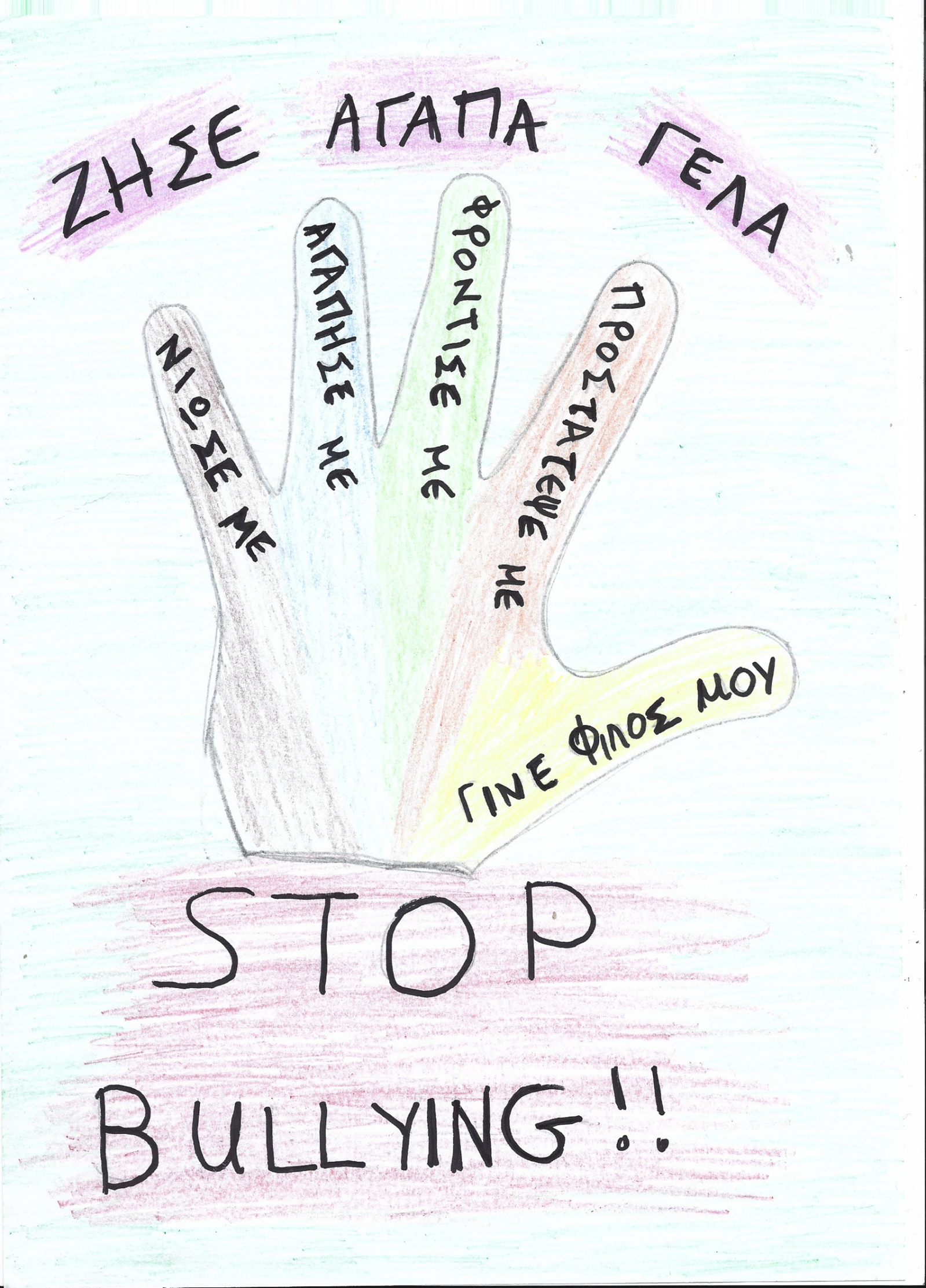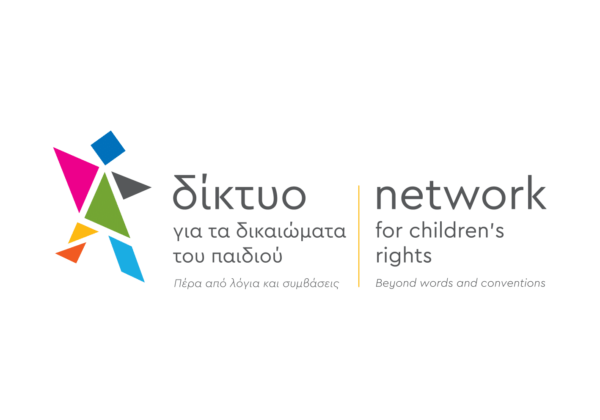Aristotelis Z.
Bullying is a widespread problem that has been spreading rapidly in recent years and we encounter it in various forms. Some of these are physical, verbal, emotional and online. We meet it in different environments, in almost all social classes and in all ages.
We will refer to child bullying, which has an impact on innocent children’s souls. In order to protect children, the International Convention on the Rights of the Child was adopted in 1989. Within this convention there is also article 19 which states that every child has the right to be protected from all forms of violence. But what is it that leads to the bullying of children and especially by their peers? Why is it so widespread in schools?
First we see that it is not just one factor, but many, such as individual, social or cultural. Some of the main reasons are as follows: many children have low self-esteem and when they dominate others they feel better about themselves. They also feel insecure about their abilities, appearance or achievements and feel more important when they bully other children or put them down to make themselves look better. Another factor is the display of power of those who feel superior, stronger or smarter, against the weak. Finally, there are social factors as well as education issues related to such behaviors, resulting in a lack of empathy.
All of the above could be combated with a collective effort by the family, school and community. First, it would be good to have education and awareness about respect for our neighbor. We must also have zero tolerance for any kind bullying and strict consequences for perpetrators, as well as support systems for all victims of bullying. Parents must actively participate in their children’s lives by teaching them values, respect and social literacy, but also discuss their every problem and inform them about everything that may concern them.
With some small steps we could all try to become better for our fellow man or for our classmate. We would have a better society if we all followed the saying that: “One’s rights stop where another’s rights begin.”
*The image was created by the student Aristotelis Z.
The article was created as part of the CERV project Efivos in Europe
Disclaimer The European Commission’s support for the production of this publication does not constitute an endorsement of the contents, which reflect the views only of the authors, and the Commission cannot be held responsible for any use which may be made of the information contained therein.
The EFIVOS II program is funded by the European Commission (CERV), with partners Network Children’s Rights (Greece), CIP (Cyprus), HESED (Bulgaria), GEYC (Romania), Dedalus (Italy), Pacto Verde (Spain), Crossing Borders (Denmark).





